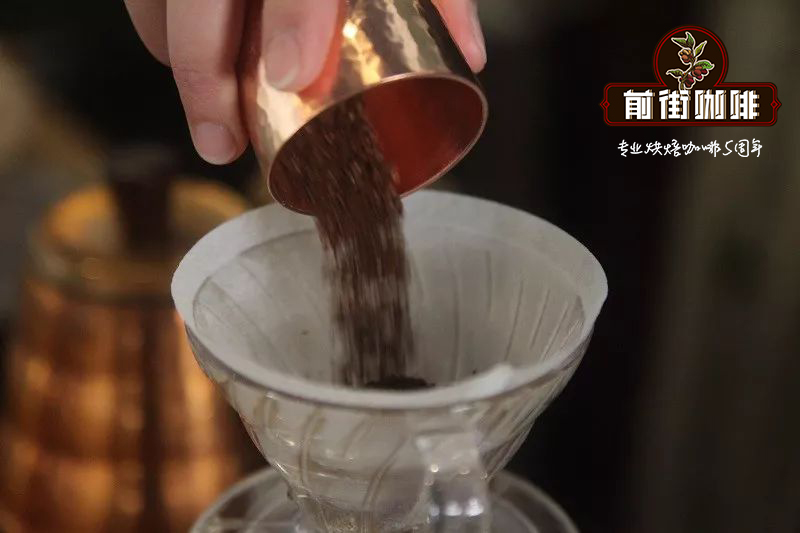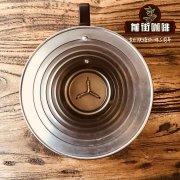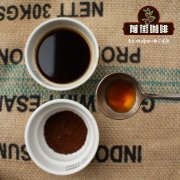What are the characteristics of Colombian coffee beans? is Huilan a coffee variety?

Professional coffee knowledge exchange more coffee bean information please follow the coffee workshop (Wechat official account cafe_style)
Qianjie-brief introduction of Colombian variety and Huilan coffee
Columbia coffee is the most representative of Supremo, is the highest grade of coffee, coffee tastes soft and mellow, well-balanced, sweet, sour, moderate bitterness, is a moderate coffee, not only can be used to mix coffee, can also be used to make individual coffee.
Colombian coffee is classified according to the size of raw beans (sieve). It is mainly classified into Supremo (sieve 17) and Excelso (sieve 14 up 16). Supremo is Colombia's high-quality raw beans. Located in the volcanic type of fertile soil, coupled with abundant rainfall, resulting in excellent growth conditions. The coffee is rich in taste, with drupe and fruit aromas, complex sour berries, slightly black sugar sweetness and a long, unforgettable finish.
In addition to Kaddura Caturra, Bourbon Bourbon, Tippika Typica and Parkmara, which are common in America, Colombia has its own three disease-resistant varieties, namely Castillo Castillo and Tabi Tabi Colombian Colombia with the same name as the country. Of course, there are also some rare and valuable varieties such as Rosa Gesha, small-grained Mocha Mocca, Rume Sudan Romer Sultan, Eugenioides Eugene Odes, Laurina pointed Bourbon, Maraguesa Mara Rosa (a natural hybrid between Malaggippe and Rosa).
The early varieties planted in Colombia were the old iron pickup and bourbon, which were replaced by Kaddura in 1970; Kaddura is not only more productive per plant than iron pickup and bourbon, but also can be planted more per unit of acreage because the tree is more compact.
Since 1961, CENICAFE began to study Timor varieties of Robusta blood, and then selected Timor and Caturra into Columbia's Katim Catimor series. After five generations of breeding, CENICAFE released Colombia's first disease-resistant variety Colombia in 1982, and then after the emergence of leaf rust in 1983, Colombia varieties began to be planted in large quantities.
Subsequently, CENICAFE continued its research and development, releasing the second disease-resistant variety Tabi (a hybrid of iron pickup, bourbon and Timor) in 2002, and the most functional disease-resistant variety Castillo so far in 2005. After the outbreak of leaf rust in 2008, Colombia began to vigorously promote Castillo cultivation.
In fact, in every country where coffee is grown, there are many coffee producing areas and coffee varieties, and there are famous coffee cultivation areas and coffee estates in the producing areas, so the names of various areas and estates become coffee brand names and circulate. For example, there are famous producing areas in Ethiopia, such as Yegasuefei, Sidamo, Harald and so on. On the other hand, the coffee produced in the Narinho (Na Linglong) producing area of Colombia is named "Columbia Na Linglong" because it is produced by Na Linglong.
Most coffee in Colombia is named after its production. Have you get arrived yet?
In short: Qianjie is a coffee research hall, happy to share the knowledge about coffee with you, we share unreservedly just to make more friends fall in love with coffee, and there will be three low-discount coffee activities every month. The reason is that Qianjie wants to make more friends drink the best coffee at the lowest price, which has been Qianjie's tenet for 6 years!
END
Important Notice :
前街咖啡 FrontStreet Coffee has moved to new addredd:
FrontStreet Coffee Address: 315,Donghua East Road,GuangZhou
Tel:020 38364473
- Prev

A brief introduction to the characteristics of Yunnan small Coffee is the flavor of Katim coffee beans really bad?
Professional coffee knowledge exchange more coffee bean information please follow Coffee Workshop (Wechat official account cafe_style) Front Street-Yunnan Katim Coffee introduction Arabica Coffee (Arabica) is a world-famous coffee variety, known as small grain coffee. Derived from wild coffee from Ethiopia in Africa, it was introduced into Europe through Arabia and got its name from the 19th century.
- Next

How does Columbia wash coffee beans taste? a step-by-step tutorial on the process of making coffee by hand
Professional coffee knowledge exchange more coffee bean information please follow Coffee Workshop (Wechat official account cafe_style) Front Street-Colombian Coffee Coffee sharing Colombia is the world's third largest coffee producer and exporter and enjoys a high global reputation. Colombia is located in the northwest of South America. Coffee is famous for its quality, soft taste and high taste. And this...
Related
- Beginners will see the "Coffee pull flower" guide!
- What is the difference between ice blog purified milk and ordinary milk coffee?
- Why is the Philippines the largest producer of crops in Liberia?
- For coffee extraction, should the fine powder be retained?
- How does extracted espresso fill pressed powder? How much strength does it take to press the powder?
- How to make jasmine cold extract coffee? Is the jasmine + latte good?
- Will this little toy really make the coffee taste better? How does Lily Drip affect coffee extraction?
- Will the action of slapping the filter cup also affect coffee extraction?
- What's the difference between powder-to-water ratio and powder-to-liquid ratio?
- What is the Ethiopian local species? What does it have to do with Heirloom native species?

